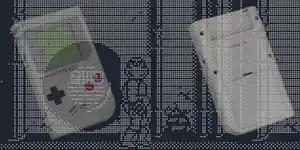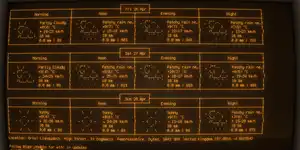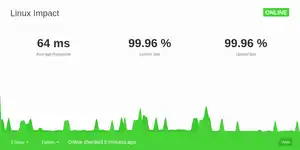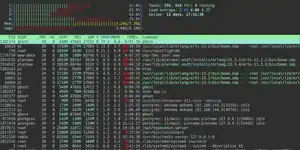
The Teeniest Tiniest Laptop In The West
The GPD P2 Max is a hyper-powered cross between a palm pilot and an ultrabook - it's a cyberdeck by any other name...
The early 1990s were a great time to be a kid. There was the ever present threat of nuclear annihilation, we were constantly being reminded that Greed was Good, and it marked the advent of truly portable computing.
Sure, laptops had been available for a while by that point - albeit at a price which would financial cripple small countries - but the first part of the final decade of the 20th century saw the arrival of computing devices which would actually fit in your pocket.
There was a kid in every school whose Dad had been given one by his work, decided it was too complex, and who palmed it off to their offspring in the misguided belief it would help them organise their busy juvenile lives.
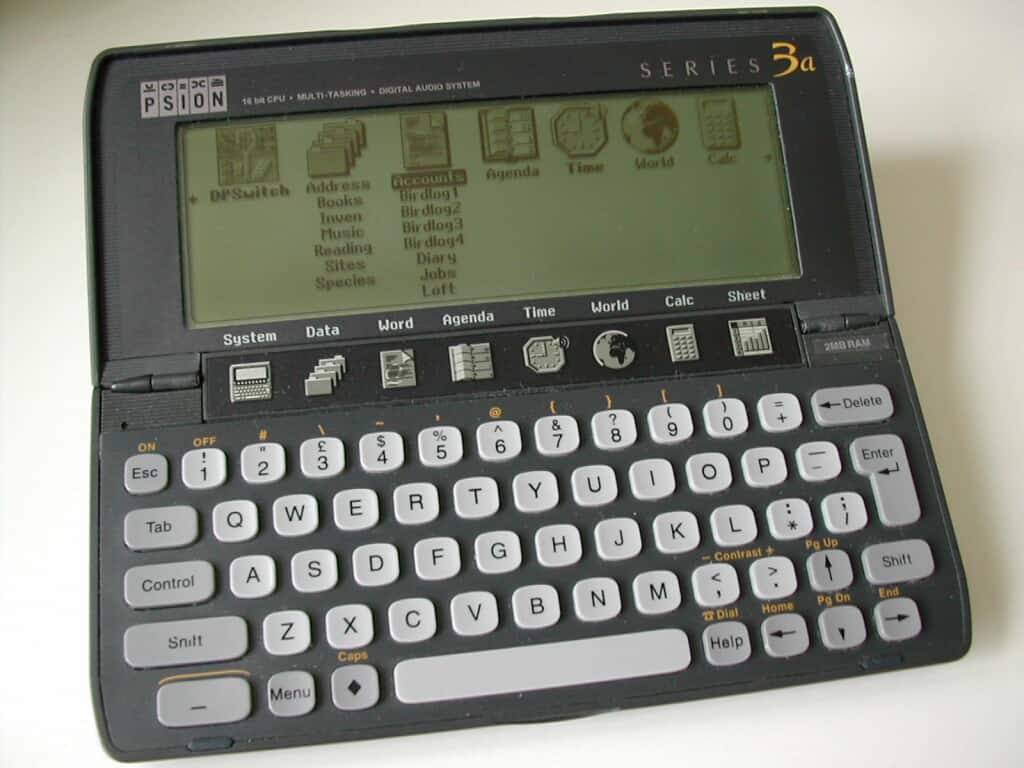
The Psion 3 had a keyboard and a screen. It had an address book, database software, contact managers, calculators, agendas, and world clocks - everything the high-powered 80's corporate executive could ever need to organise his high-powered 80s executive life.
To adolescents in the schoolyard, it had limited practical utility beyond being cool as hell - it could be flipped shut, and it could fit in your pocket.
Granted, owning one of these bad boys would not grant an amazing degree of popularity to the possessor, and the technological gap between the home and office computers of the day and the popular palmtops, meant that it would only ever be of limited utility.
Regardless, the palmtop computers were so cool as to be ice cold, and I have long wanted one which could be genuinely useful, fill the gaps left wide open by even the best mobile phones, and perform as well as a desktop PC. I wanted a cyberdeck.
This led to a spree of purchases of Linux-based netbooks and EeePCs in the early to mid 2000s - all of which were abandoned as underpowered, locked-down limited-use-case wastes of money not long after.
The dream of a cyberdeck died - or at least fell into a coma - until the Raspberry Pi came on the scene.
It was ultra-low power, tolerable performance, and cheap as chips. Pi-based Cyberdecks began appearing on reddit in the (incredibly long) run-up to the release of CDPR's Cyberpunk 2077.
I even made my own, super cheap, super low-tech version which was published on another site.
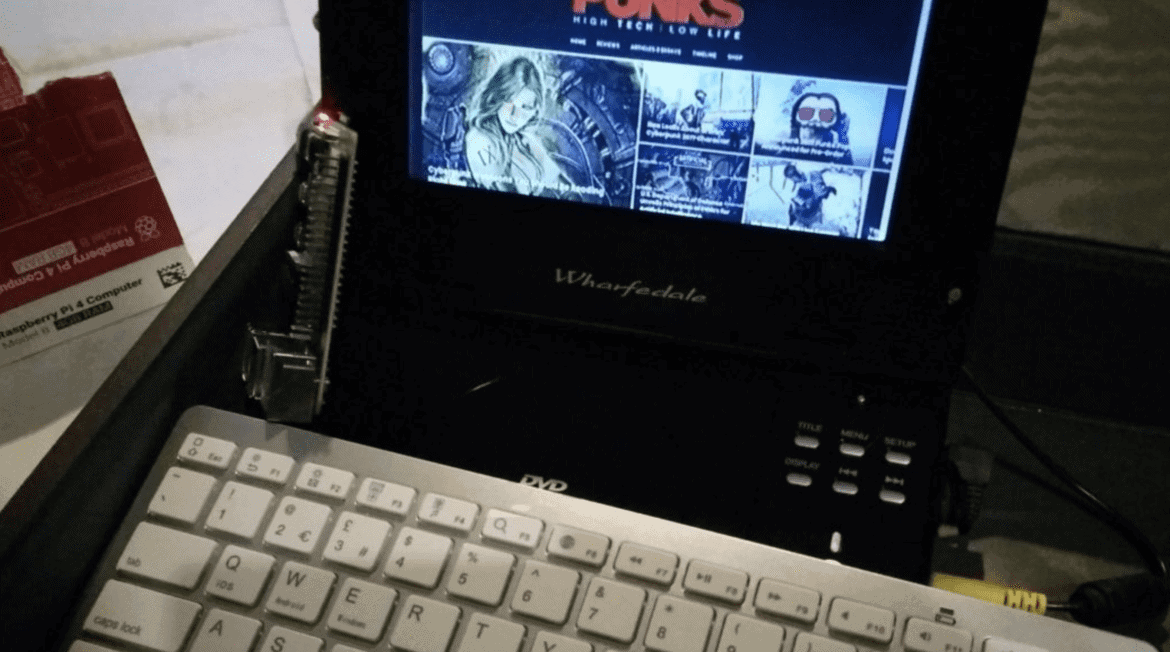
But the Pi, excellent though it is, is a little too low powered to be used as a daily driver. Yes, you can use it as your main machine, but you’ll soon feel that it’s lacking… something.
And so, up until yesterday, I was using a 14” Dell E7470 for my everyday work and play, and carrying a Linux powered Oneplus 3 as my phone and for my mobile computing needs. The Oneplus, running Ubuntu Touch is great if privacy is your main concern, but as pocket sized computing platform, it’s just not there.
And then yesterday morning I smashed the screen of my Dell. Disaster! I write for a living, I work from home and I have deadlines. The repair is going to cost around 80 quid if I do it myself, and I would be offline for over a week. If a similar disaster occurred under normal circumstances, I’d work from the local library, but due to the current pandemic, that isn’t really an option.
Chinese hardware company GPD advertises the P2 Max as “The world’s smallest Ultrabook,” and it is. There was also one for sale less than a mile away from me.
Money changed hands (at a suitable social distance), and I took my new purchase home with me.
What's in the box?
It’s a hella small box, and in it is a hella small, gunmetal grey laptop. It’s of comparable size to one of the palmtops of old, and I can pretty much cover the whole thing with one of my hands.
Open the lid, and there is a keyboard will full-sized keys. Just not very many of them.
There’s the usual QWERTY layout, cursors, CAPS, and numericals - but there a few noticeable absences. Only one shift, Alt and Ctrl, for instance. This isn’t a big deal as one hand can easily span the entire keyboard. There are no function keys either. The mousepad is about as small as it can be while still being usable. Again that’s OK as this tiny GPD ‘ultrabook’ comes with a 10 point touchscreen, and most of the time I use a USB optical mouse anyway.
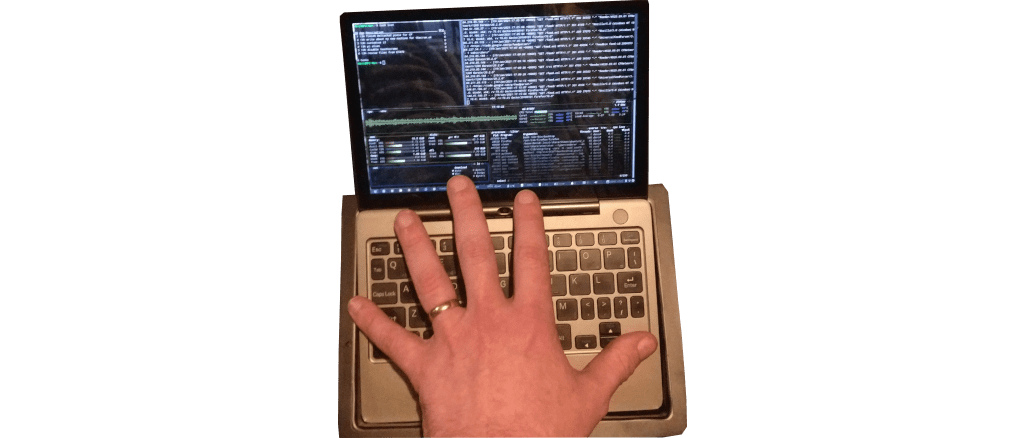
The device is powered by a standard Type C USB of the same type I use to charge my mobile, and in return, offers two Type A USB ports (one on each side), a micro HDMI port, and a 3.5mm headphone jack. It’s not the most expansive array of ports, but it keeps the size and weight down.
The screen itself is a work of wonder. At 8.9 inches, it can support resolutions of up to 2560 x 1600 px. That’s insane. No-one on Earth has eyesight good enough to comfortably read text that small for an extended period. Yes, it’s just about do-able, and the text itself is perfectly formed, but eyestrain will quickly become an issue. After spending an evening at 1920 x 180, I eventually set it to an easy 1440 x 900 px.
So, it’s a teeny tiny laptop with a great screen and a good keyboard, but is it an ultrabook?
GPD certainly thinks so - it’s the machine’s headline selling point. Personally, I’m not even sure what an Ultrabook even is, apart from being a somewhat flexible marketing term.
Specs matter
Earlier, I mentioned the netbooks i previously owned. They failed as proto-cyberdecks because they were just not up to the task of everyday computing. They weren’t even really up to the task of basic web browsing.
The GPD P2 Max is different. The model I now own came with a 512GB SSD, and a solid 16GB of DDR4 RAM. That’s pretty solid. The processor is an eighth gen Intel. On paper at least, it’s similar to my currently unwell Dell.
Windows 10 Home edition booted to desktop in a few seconds -long enough for me to verify the specs before installing my OS of choice.
The Ubuntu Linux install took around 10 minutes, and i3 wnt quickly on top of that. I was able to retrieve the conf files from my old machine over SSH, and just like that, I was home.
Yes, it took a few minutes to get used to the keyboard, and I kept banging my fingers into the touchscreen and acidentally stealing focus, but meh. A person gets used to these things.
Performance
The best way of judging the performance is to tell you exactly how I’m using the machine at the moment, and how I’ve used it in the single day since it’s been in my house.
Right now, I’m writing this article in Atom on Workspace 5.
On workspace 1, I have three XFCE terminals open - running Bashtop, TaskWarrior, and an SSH to my Pi which is tailing my access logs.
Workspace two has a Firefox window with 27 open tabs.
Workspace three has another Firefox window with a dozen or so tabs.
(Workspaces one, two and three open automatically with their contents intact on boot.)
Workspace four has an incognito Firefox window, in which I’m doing research I probably won’t want to reference again.
Workspace six is running a Jekyll local server in a terminal, automatically updating the preview of this article on workspace four.
Workspace seven is running a script which periodically checks for comments on this blog and brings them to my attention.
In Workspace eight, I have QuiteRSS, checking for writing jobs on my behalf.
In workspace nine, I’m conducting a war of attrition against Matthias Corvinus of the Hungarian Empire in Civilization VI.
Is the GPD P2 Max capable? Hell yes. I’m using it exactly how I used my old laptop. I’ve been playing games through Steam. I’ve been Windows games using WINE. I’ve been productive and I’ve been having fun.
And when I’ve finished, I can pick it up and put it in my pocket. Even better, the screen is covered with Gorilla Glass 4, so the accident which happened to my Dell can never happen again.
It’s a cyberdeck.




